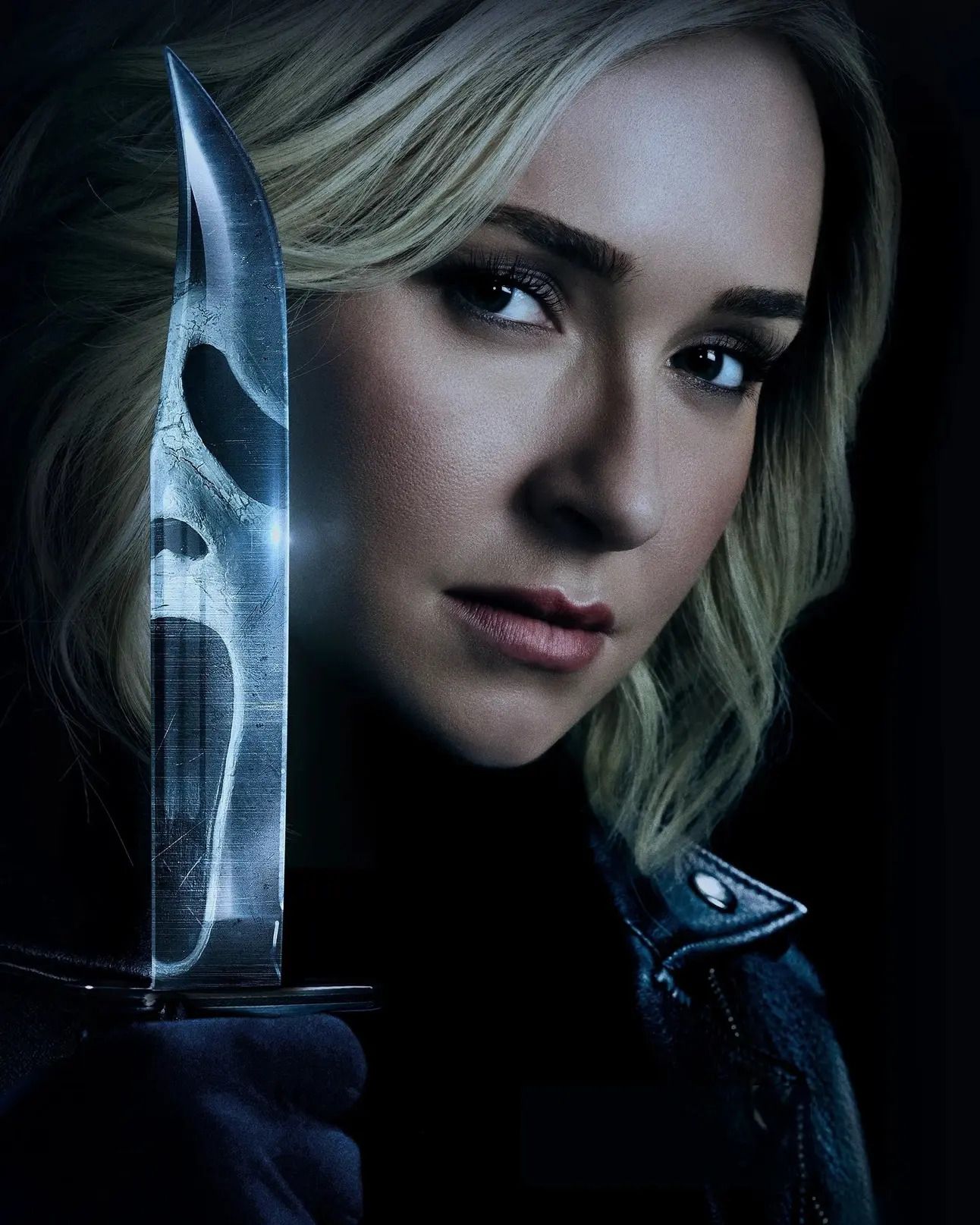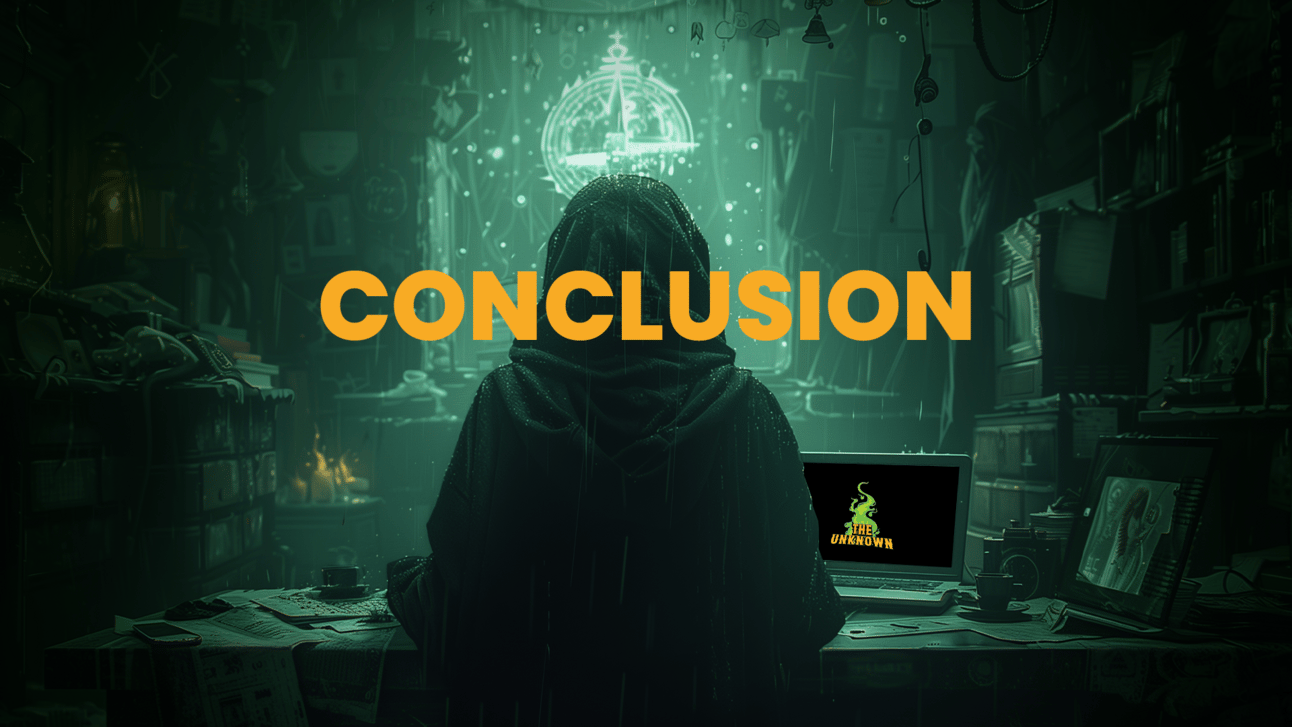- The Unknown
- Posts
- Navigating the Nostalgia: The Challenges of Legacy Horror Sequels
Navigating the Nostalgia: The Challenges of Legacy Horror Sequels
When the Past Haunts the Present

Are you a horror movie fanatic eagerly awaiting the latest legacy sequels? Recently, our podcast delved into the world of horror film revivals, such as "Scream 7," and the fresh take on "I Know What You Did Last Summer." While these releases have stirred excitement among fans, they also warrant a deeper examination of nostalgia's impact on storytelling. How do they balance between paying homage to the originals and forging new paths? Let's dive in.

The Promise and Pitfall of Legacy Sequels
With the arrival of iconic films like "Scream 7" and the reboot of "Scary Movie," horror enthusiasts are in for a thrilling ride. However, there's a lurking fear that these sequels might fall into the pit of nostalgia. Legacy films often struggle with staying true to the beloved characters while introducing fresh elements. If not handled well, they risk becoming hollow echoes of their former selves, relying on cheap thrills rather than genuine storytelling.

Balancing Nostalgia with Fresh Narratives
For a legacy sequel to succeed, it must blend old with new. Our discussion highlighted the importance of avoiding the trap of merely bringing beloved characters back for nostalgic purposes. A film must showcase character evolution, showing how they have grown and changed over time. This challenge is what makes our dive into horror sequels so compelling. How can filmmakers deliver a story that honors the past yet stands independently?
Character and Plot Nostalgia
Our conversation identified two types of nostalgia: character and plot. Character nostalgia concerns the excitement of seeing familiar faces, which the audience craves. On the contrary, plot nostalgia involves recreating original story beats. However, this can feel forced and predictable. Successful films find ways to integrate characters and narratives into a new context, making them meaningful contributors rather than simple callbacks.
Innovative Uses of Nostalgia
A successful sequel uses nostalgia intelligently, as seen in character developments like Kirby Reed's return in "Scream 6." Instead of a mere cameo, her past experiences informed her role, illustrating how to incorporate nostalgia without weakening character depth. Another creative approach can involve characters within a film becoming aware of their predecessors, acknowledging past events, and subverting audience expectations.

Examples of Success and Missteps
The "Halloween" franchise offers a case study of legacy sequels, illustrating both good and bad attempts. While recent iterations linked Laurie Strode's trauma with her survivalist persona, some fans felt this was inconsistent with her original character. Films must avoid these pitfalls by understanding and capturing the essence that resonated with audiences in the first place.

Audience Expectations and Challenges
The anticipation for these sequels presents an exciting challenge for film creators. They must satisfy die-hard fans by updating familiar characters while introducing new ones to explore future narratives. It's about recapturing the spirit, atmosphere, and emotion that made the original films special without feeling like a do-over.

As horror fans, we are eager to see how upcoming films navigate the nostalgia labyrinth. Will they meet fan expectations? How do they plan to honor the originals while boldly exploring new territory? Regardless, it's an exhilarating journey for both filmmakers and fans alike. Stay tuned as old favorites return, and we meet brand-new nightmares.